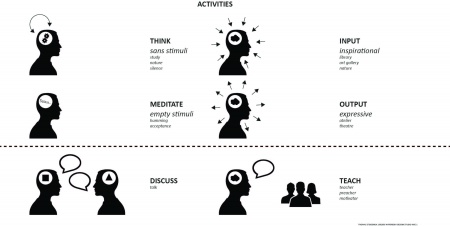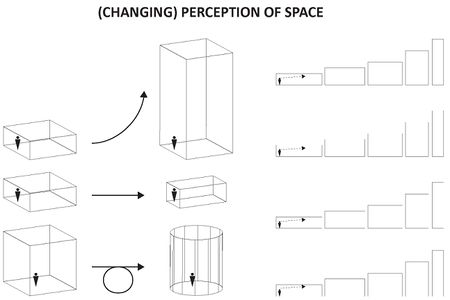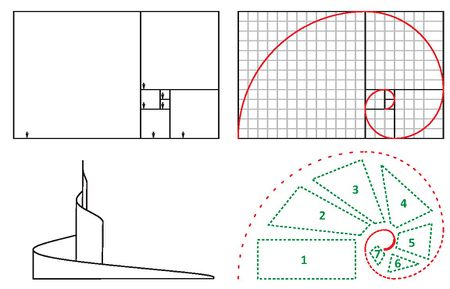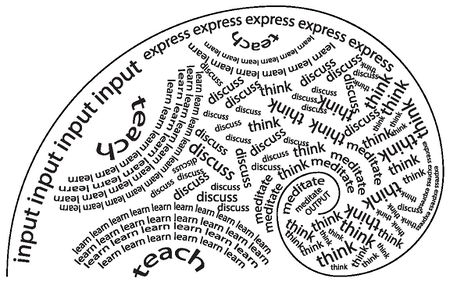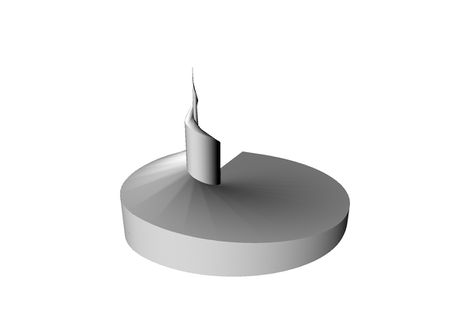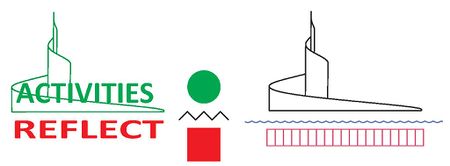project13:Styling
Contents |
Activities and Space
The activities have already been mentioned in the interactions chapter. The diagram is shows in this paragraph as well. Each of these activities needs a different environment. An architectural space that differs in size, materialization, shape, interior, perception, outside connection, routing, etc. But the activities have a lot in common at the same time. They are even better subdivided in some sort of gradient than a strict matrix. Therefore, lots of different spaces are needed.
Activities
- - Think
- - Meditate
- - Input
- - Output
- - Discuss
- - Teach
Characteristics of Spaces
- - Shape
- - Composition
- - Scale
- - Materialization / Color
- - Interior
- - Objects
- - Lightning
- - Openings
- - Routing / Connectivity
- - History / Character
- - Actors / Figurants
Perception of Spaces
There exist a lot of different ways an architectural space can interact with people. For this stage of the design process focus has been shifted towards one of them: architectural space. The feeling people have in a church is completely different than, for instance, a classroom. Ignoring the function, materialization and use of color and looking only at the shape and the proportion of dimensions the perception of the two is completely different. How can a space influence a person's behavior, thoughts, feelings, etc.? How is architectural space perceptible?
Biological and Mathematical Spaces
A great way to shape different size spaces is to research nature and mathematical principles. The Fibonacci series is found both in nature as in mathematics. A first shape is derived from these series.
In this plan scheme the activities are ordered taking in account the inside/outside relationship, some sort of continuity or chronogality (first learning, then discussing, then thinking, etc.).
Confrontation
Remark/Critic: In one of Sarkis' interviews he mentioned the quality of the exhibition being the visitor able to walk to every part of the exhibition without having to follow a certain route. By taking on the Fibonacci shape some sense of direction is created. Is this useful? Is this a quality or should visitors have some sort of freedom? Besides that, the round shape is very strong. It does not allow the visitor to much freedom to reflect.
A solution for both of these problems is to allow an extra layer. A layer with a different shape and a different grid. These layers are somehow interconnected, via visually, acoustically or something else. The both layers are a confrontation.
